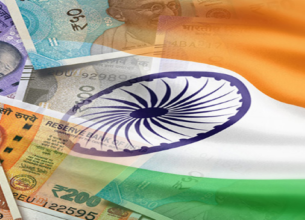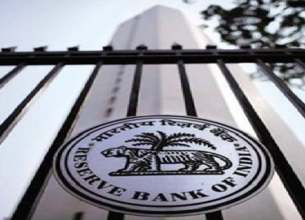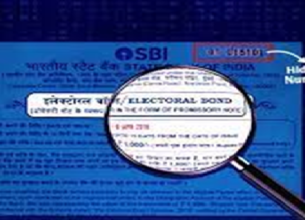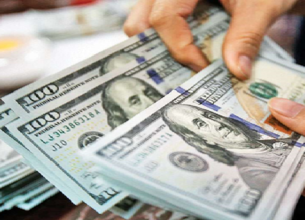WAYS AND MEANS ADVANCES
20, Apr 2020
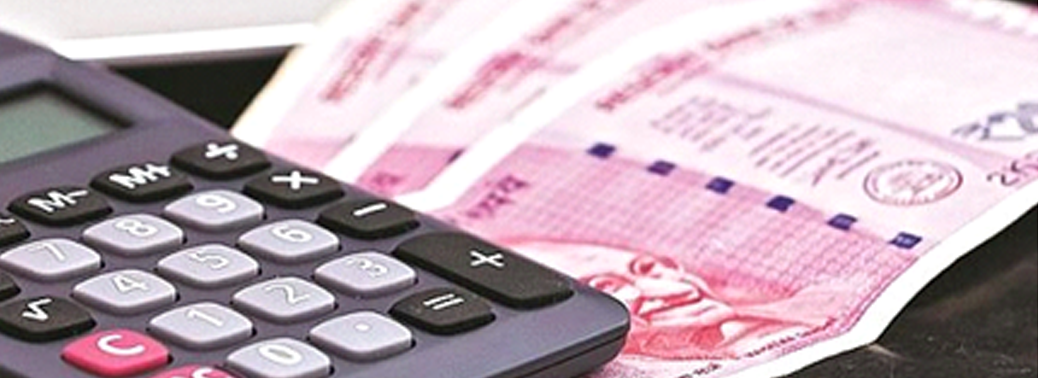
Prelims level : Banking
Mains level : GS-III Indian Economy and Issues Relating to Planning, Mobilization of Resources, Growth, Development and Employment.
Why in News?
- The Reserve Bank of India (RBI) has announced a 60% increase in the Ways and Means Advances (WMA) limit of state governments over and above the level as on March 31.
What is the Significance of this Move?
- It was done with a view to enabling them “to undertake COVID-19 containment and mitigation efforts” and “to better plan their market borrowings”.
- The increased limit comes at a time when government expenditure is expected to rise as it battles the fallout of a spreading Coronavirus.
- The availability of these funds will give government some room to undertake short term expenditure over and above its long term market borrowings.
What are Ways and Means Advances?
- The WMA scheme for the Central Government was introduced on April 1, 1997, after putting an end to the four-decade old system of adhoc (temporary) Treasury Bills to finance the Central Government deficit.
- They are temporary loan facilities provided by RBI to the government to enable it to meet temporary mismatches between revenue and expenditure.
- The government makes an interest payment to the central bank when it borrows money.
- The rate of interest is the same as the repo rate, while the tenure is three months.
- The limits for WMA are mutually decided by the RBI and the Government of India.
- They aren’t a source of finance per se. Section 17(5) of the RBI Act, 1934 authorises the central bank to lend to the Centre and state governments subject to their being repayable “not later than three months from the date of the making of the advance”.
What if the Government needs Extra Money for Extra Time?
- When the WMA limit is crossed the government takes recourse to overdrafts, which are not allowed beyond 10 consecutive working days.
- The interest rate on overdrafts would be 2 percent more than the repo rate.
Types of WMA:
- There are two types of Ways and Means Advances — normal and special.
- Special WMA or Special Drawing Facility is provided against the collateral of the government securities held by the state. After the state has exhausted the limit of SDF, it gets normal WMA. The interest rate for SDF is one percentage point less than the repo rate.
- The number of loans under normal WMA is based on a three-year average of actual revenue and capital expenditure of the state.
What are the existing WMA limits and Overdraft Conditions?
- For the Centre, the WMA limit during the first half of 2020-21 (April-September) has been fixed at Rs 120,000 crore. This is 60% higher than the Rs 75,000 crore limits for the same period of 2019-20. The limit for the second half of the last fiscal (October-March) was Rs 35,000 crore.
- For the states, the aggregate WMA limit was Rs 32,225 crore till March 31, 2020. On April 1, the RBI announced a 30% hike in this limit, which has now been enhanced to 60%, taking it to Rs 51,560 crore. The higher limit will be valid till September 30.
- The central bank, on April 7, also extended the period for which a state can be in overdraft from 14 to 21 consecutive working days, and from 36 to 50 working days during a quarter.



